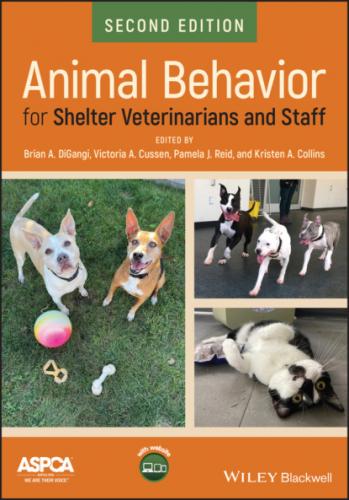Table 5.1 Sources of program‐planning information.
| Pet ownership demographics | Existing services | Community need | |
|---|---|---|---|
| Animal‐oriented resources | People‐oriented resources | ||
| National surveys such as APPA, AVMA Regional/local surveys | Other animal shelters and rescues including municipal animal care and control agencies | Human health and welfare non‐profit agencies such as:Health clinicsHousing support servicesHuman shelter and homeless servicesHuman food banks | Animal shelter and rescue intake data (including municipal animal care and control):Intake types and reasonsIntake locations |
| Municipal licensing data | Veterinarians and veterinary services | Similar resources as listed above run by governmental agencies | New research including surveys, interviews, and focus groups with pet owners, past owners, and agencies serving pets, owners, and other community members |
| Veterinary clinic patient data | Grooming services | Human‐oriented programs run by other animal welfare organizations | |
| Pet food/supply store sales data Grocery/convenience store pet food and supplies sales data | Pet food and supply stores Grocery/convenience stores that sell pet food and supplies | ||
| Animal shelter and rescue intake data (including municipal animal care and control) | Pet food banks | ||
| New research such as surveys, polls, interviews, focus groups | Dog‐walking, daycare, and pet‐boarding facilities | ||
| Animal‐oriented resources run by human social services programs |
5.4.3 Resources Required
Program goals and their desired impacts must also align with available resources. Organizations must determine the necessary resources to develop and maintain planned safety net programs before moving forward. Even programs requiring few resources should be reviewed as part of this process, as numerous small programs can cumulatively drain an organization’s resources. Non‐strategic use of resources may prevent an organization from offering a service to its community that might have a greater impact. Required resources may include staff and volunteer time for operations and oversight; funding for supplies, equipment, and facilities; and space. Organizations should have a realistic and comprehensive understanding of the resources needed to effectively develop and operate any program.
5.4.4 Strategic Decision‐Making
At this stage, having determined the unmet needs of the pet‐owning community, identified program goals and potential impacts, and made a realistic determination of the required resources to effectively develop and operate one or more safety net programs, organizations are ready to engage in a strategic decision‐making process to determine the right program, or mix of programs, to maximize their investment for optimal impact. One way to do this would be to plot potential programs in a strategic decision matrix, weighing the needs and potential impacts against the resources required. The matrix may not yield a definitive conclusion, but developing it will clarify relevant factors that need to be considered. Figure 5.2 shows an example of a strategic decision‐making matrix for one community.
Figure 5.2 Example strategic decision‐making matrix.
5.4.5 Measuring Impact andProgram Evaluation
It is crucial that organizations design safety net programs for their communities in a way that allows for measurable impact. Program goals and the desired impact should be specified and quantified at the beginning of program development and modified as needed during program planning and after implementation. Organizations need to decide what metrics best measure program impact and how best to collect those data. Resources should be planned to support data collection, which should happen at multiple points in the program’s lifetime. Data should be collected before the program is launched to determine a baseline, shortly after launch as a check‐in to evaluate rollout and operations, and at regular intervals thereafter to calculate metrics and determine impact. Impact metrics measure the effects of the program in terms of the program’s goals, but usage metrics are important to track as well. Usage metrics measure program use, such as number of clients (human and animal) served, number of calls to a behavior helpline, or amount of food used from a food pantry. Analyzing impact and usage metrics at regular intervals is critical to assessing success in meeting program goals and identifying issues.
It is also helpful to gather feedback from clients and personnel to understand their experiences and perceptions of the programs as well as suggestions for improvement. Surveys, interviews, and focus groups can be used, but more informal methods are valuable sources of information too. These include comment cards and forms (physical or virtual), emails or telephone calls, casual conversations, and even social media posts by clients, all of which may provide more immediate insight into program satisfaction. Feedback from clients and related personnel can help contextualize metrics as well as provide valuable insights into the client experience.
5.4.6 Scalability/ProgramPhase‐out
When developing and managing safety net programs, organizations will want to consider the future of those programs. Scalability is the ability of a program to grow or contract depending on community needs and the organization’s resources. Program scalability should be considered at the beginning of a program’s life. It is unfortunate when a successful program cannot be scaled up to serve more clients due to an external restriction that was not thought of in the initial planning. On the other hand, not all programs need to grow; successful programs may serve their clients well
